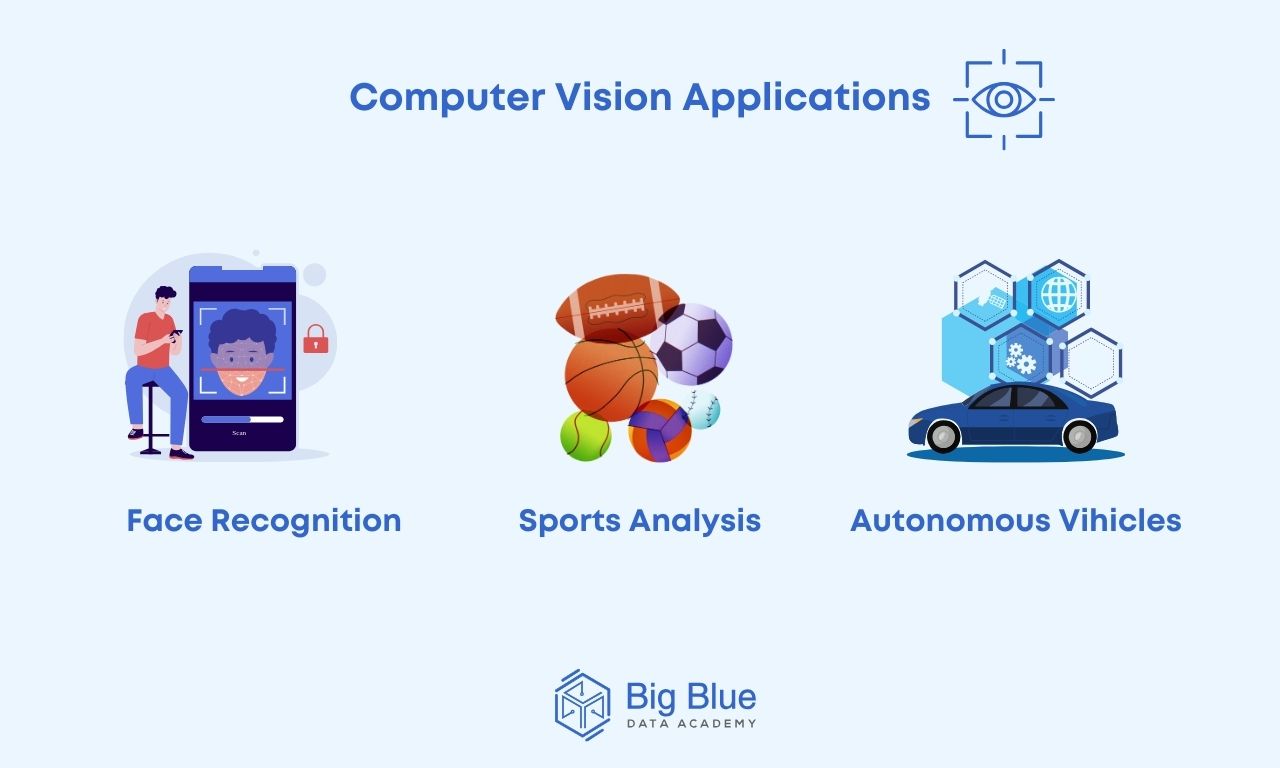Computer Vision
(2025-09-24T11:48.455Z)
Perplexity Query
(2025-09-24T11:48
.455Z)
Question:
Write a comprehensive one-page article about "Computer Vision".
Computer Vision: Transforming Sight into Digital Intelligence
Computer vision is a branch of artificial intelligence that enables computers and machines to see, analyze, and interpret images and videos, mimicking human visual understanding.
[719fkc]
Its significance lies in unlocking the immense value buried in visual data, powering faster and more accurate decisions across businesses, industry, and everyday life.
[6b7fop]
[nhl9a4]
As our world grows increasingly connected and reliant on automation, computer vision serves as a foundation for transformative innovations.

How Computer Vision Works and Where It's Used
At its core, computer vision leverages algorithms—deep learning and neural networks, in particular—to process, understand, and extract information from digital images or video streams.
[719fkc]
Unlike traditional software that responds to text or numbers, computer vision systems learn to recognize patterns, features, objects, and even complex scenes within visual content.
Practical examples and use cases:
- In manufacturing, automated visual inspection systems catch defects on assembly lines in real-time, achieving accuracy rates of 98% or better while dramatically increasing throughput and reducing waste. [nhl9a4]
- Agriculture has benefited from real-time crop monitoring, where AI-powered vision detects plant diseases or assesses nutrient deficiencies much faster than manual checks. [6b7fop]
Benefits and potential applications include increased operational efficiency, reduced costs, enhanced safety, and new types of data-driven products and services. Computer vision empowers everything from medical diagnostics and industrial automation to smart cities and personal devices.
[6b7fop]
[719fkc]
However, challenges persist. Vision systems demand lots of annotated data and careful tuning to operate reliably in diverse or unpredictable environments.
[nhl9a4]
Privacy concerns and regulatory compliance are increasingly critical, especially as visual monitoring becomes more widespread in public and workplace settings.
[nhl9a4]
Current State and Emerging Trends
By 2025, computer vision has moved from experimental labs to mainstream deployment, with a global market size surpassing $27 billion—and projected to double by 2028.
[nhl9a4]
[719fkc]
Over 65% of Fortune 500 companies already use computer vision as part of core business processes, a jump fueled by technical maturity, better infrastructure, and new regulatory mandates.
[nhl9a4]
Key technological advances:
- Edge computing and 5G networks enable real-time processing right where data is captured, lowering latency for applications like surveillance, manufacturing, and vehicle guidance. [nhl9a4]
- Vision transformers, few-shot learning, and foundational pre-trained models make it easier to build accurate vision systems with less data and customization effort. [nhl9a4]
Major players and open-source tools, such as Google, Microsoft, OpenCV, and platforms like YOLO, are continually pushing boundaries, making powerful vision models more accessible to developers and businesses worldwide.
[719fkc]
[6b7fop]

Future Outlook
Looking ahead, computer vision is poised to permeate every aspect of society. As AI models grow more context-aware and data governance evolves, expect applications ranging from hyper-personalized healthcare to autonomous robotics and seamless human-computer interaction. This progress will bring new ethical challenges but also immense opportunities to improve quality of life and reshape industries.
[nhl9a4]
[719fkc]
Ultimately, computer vision is set to be as universal and transformative as the internet itself.

In summary, computer vision has rapidly evolved from a niche research field to a pivotal driver of automation, safety, and innovation across global industries. As technology continues to mature, its impact will only grow, making machines that see—and understand—an essential part of our everyday world.
Citations
[nhl9a4] 2025, Sep 23. Top 5 Computer Vision Applications in 2025 - Springbord. Published: 2025-06-25 | Updated: 2025-09-23
[6b7fop] 2025, Sep 24. Computer Vision in 2025: Trends & Applications | Ultralytics. Published: 2025-01-15 | Updated: 2025-09-24
[719fkc] 2025, Sep 23. What is Computer Vision in 2025? A Beginners Guide - OpenCV. Published: 2023-12-06 | Updated: 2025-09-23
[37bboj] 2025, Sep 23. Computer Vision Applications 2025: Common Use Cases. Published: 2025-03-11 | Updated: 2025-09-23
[7]: 2025, Sep 24. 2025 Computer Vision Trends: The Future of AI Unveiled - Viso Suite. Published: 2024-02-28 | Updated: 2025-09-24
[8]: 2025, Sep 12. Computer Vision: Definition, Applications & Impact - Futurense. Published: 2025-01-02 | Updated: 2025-09-12